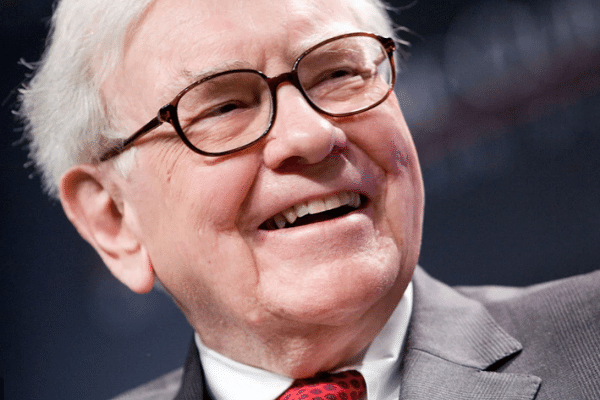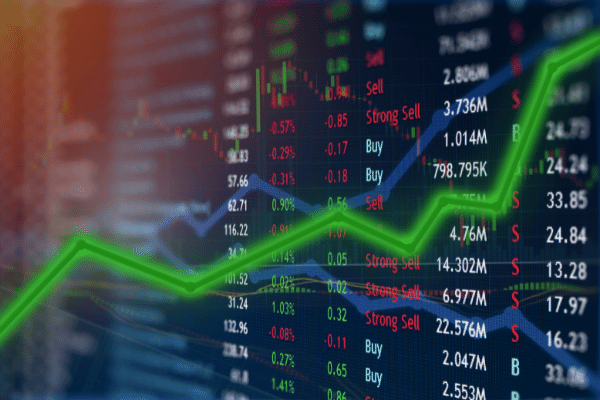
- With the S&P 500 shedding 16% in the last quarter, Berkshire Hathaway came in to buy the dip, mainly in sectors that the investment holding company already is invested in and doubling down on fossil fuels.
- Buffett appears to continue to be bullish on sectors that he’s most familiar with, including logistics, insurance (which provides strong free cashflows) and energy, especially fossil fuels – sectors which are least sensitive to rate movements.
“Be greedy when others are fearful,” is one of the most well known adages attributable to Warren Buffett and in the last quarter, the legendary investor’s Berkshire Hathaway (-0.59%) has been very greedy indeed.
While the likes of Cathie Wood’s Ark Investment Management have been dumping shares of cryptocurrency exchange Coinbase Global (+4.67%), Berkshire Hathaway has been snapping up other stocks instead, determined to buy the bottom.
Berkshire Hathaway was a net buyer of US$3.8 billion in stocks over the second quarter of 2022, compared to being a US$16 billion net seller during the same period last year.
With the S&P 500 shedding 16% in the last quarter, Berkshire Hathaway came in to buy the dip, mainly in sectors that the investment holding company already is invested in and doubling down on fossil fuels, with an aggressive purchase of shares of Occidental Petroleum (+2.61%), raising questions as to whether an acquisition of the energy giant is on the cards.
But some analysts are warning that the bottom may not have been reached and although Buffett is a patient, measured and savvy value investor, many investors remain concerned about robust jobs data in the U.S. that could embolden even more aggressive U.S. Federal Reserve monetary policy tightening.
Fed officials have been far more hawkish in their rhetoric of late, with even the dovish Mary Daly of the San Francisco Fed articulating last month that the central bank was “nowhere near” being almost done cracking down on inflation.
Central bank watchers will know from experience that the Fed tends to act with a lag, being only able to justify policy moves on the basis of past data as opposed to future projections and in the case of inflation, only intervening well past necessary – the same could apply in the reverse.
With 528,000 jobs created last month instead of the 258,000 economists had forecast, and few (if any) signs that the worst of inflation is over, policymakers may be forced to double-up on rate hikes when they return from their summer recess in September.
More sanguine forecasts for rate hikes in September have policymakers raising borrowing costs by just 0.50%, although the strong labor markets in the U.S. are seeing revisions upwards to 0.75% and the most pessimistic at 1.00%.
Berkshire Hathaway’s insurance arm Geico saw setbacks due to higher auto insurance claims from an increase in the purchase of used vehicles while its railroad business posted significant gains as supply chain snarls continue to be unraveled.
Buffett appears to continue to be bullish on sectors that he’s most familiar with, including logistics, insurance (which provides strong free cashflows) and energy, especially fossil fuels – sectors which are least sensitive to rate movements.



